How to grow physalis: features of care and reproduction
Physalis is a perennial plant of the Solanaceae family, reaching a height of 1 meter. In our gardens, it is still not common, so the question of how to grow physalis seems too difficult for gardeners. But in fact, it is quite unpretentious, caring for such a plant will not cause much trouble.
Content:
- General description of the physalis
- Growing physalis from seeds
- Care, transplantation and reproduction of physalis
- Why physalis is useful: indications and contraindications for use
- Diseases and pests
General description of physalis
Physalis is native to Central and South America. There it grows wild and multiplies like a weed. From there, physalis was brought to Europe and Asia. In our country, he gained fame at the beginning of the 19th century.
Physalis use:
- Physalis is primarily bred as an ornamental plant. After flowering, it is covered with bright orange cups. The plant has orange-colored fruit-berries, resembling a mixture of tomatoes and cherries, enclosed in a shell called "Chinese lantern".
- The fruits are not eaten because they have a special bitter taste. Physalis is popularly called differently - emerald berry, Jewish apple, sleepy stupor, cherries, etc.
- Perfect for both flower beds and for decorating bouquets.
This plant has many types (more than 100), we have the most common physalis Franchet, or ordinary ornamental physalis. For economic purposes, about 25 species are bred.
The name comes from the Greek word "physo" which means "bloated".
In France, this plant is called a flower for pregnant women. A woman, having learned about pregnancy, gives it to the future father of her child, and a man gives physalis to a woman if he wants to hint to her that he is ready to have a baby.
The legend of the dragon is associated with this plant. Once upon a time, a hungry dragon swallowed up the sun, and the whole world plunged into darkness. One daredevil decided to fight the monster and, in order not to get lost in the dark, took with him a bright lantern that illuminated his path. When the dragon was finally defeated and the sun rose to the sky again, the light was so bright that the traveler dropped the lantern, and it crashed into many small lanterns. This is how physalis appeared.
Growing physalis from seeds
To grow this plant, it is important to choose the right place on the site, since it will not be accepted on the soil where the nightshade used to grow. The best solution for planting would be a bed on which before that cucumbers were grown, root vegetables or cabbage.
As a rule, physalis is grown in seedlings; you can start transplanting to a flower bed in mid-spring, after the snow has melted.
A few rules to follow when growing physalis:
- The soil used for growing tomatoes is perfect for planting. You can buy it or make it at home from humus, peat, sand and garden soil. The components must be mixed and steamed to avoid the appearance of fungus.
- Before planting the seeds in the soil, they must be kept in a solution of potassium permanganate for 20 minutes, wrapped in gauze, and then dried.Compact the soil a little after the seeds have already been filled in; this will prevent them from being washed away when watering. Crops can be covered with cellophane and transferred to a bright room. After the first shoots, the film is removed, the plant must get used to the usual atmosphere.
- Water the seedlings carefully, from edge to center, waiting until the water is completely absorbed into the soil. It is important that the soil does not dry out.
- After emergence, seedlings need to "feed" special soluble fertilizer. A couple of weeks before planting, you can start hardening, expose the plant to the street to prepare it.
When planting in open ground, it is advisable to leave a distance of about 70 cm between the holes. The planting depth is up to the first true leaf. Do not forget to tie up growing physalis and feed it with mineral and organic fertilizers.
Care, transplantation and reproduction of physalis
Physalis does not require complex maintenance, it is undemanding to light, and you can easily choose a place for it on the site. Like any cultivated plant, physalis needs regular watering, weeding, loosening.
It is important to observe the correct watering regime:
- The soil must be sufficiently moist, but moisture must not be allowed to stagnate, otherwise the roots will begin to rot.
- Physalis should be watered 1-2 times a week until August, and then watering is stopped for accelerated ripening of the fruits.
- In extreme heat, you can water every other day.
The period from germination to fruit emergence takes 90 to 120 days. Physalis blooms from May to August, and bears fruit from June to September. During flowering, the first feeding is carried out, for which you need to use a special liquid fertilizer. Feed the plant you need two more times: during the period of fruit formation and 2-3 weeks after that. Mineral fertilizer should not be too much, no more, the usual dose is 0.5 liters of solution per plant.
Reproduction of physalis can be carried out using cuttings.
The tops of the stems with internodes are cut, deepened by half into the prepared soil and covered with a film with a ventilation hole. Physalis can also reproduce by planting seeds in open ground.
Like any perennial plant, physalis degenerates every 8-9 years. To avoid this, after 6-7 years, the rhizome must be divided and transplanted. For edible vegetable physalis, it is advisable to use a square-nested type of sowing. At a distance of about half a meter from each other, shallow holes are made, the soil is mixed in the holes with humus and ash, 5-8 seeds are thrown there and sprinkled with earth.
Why physalis is useful: indications and contraindications for use
All parts of this plant contain many beneficial substances and can be used as a medicine subject to the instructions. So the physalis fruits have anti-inflammatory, hemostatic, analgesic effect, and are also used as a diuretic and choleretic agent.
Berries contain calcium, iron, sodium, potassium, phosphorus, zinc, magnesium.
Fresh berry juice is used as a drug in the treatment of hypertension, dermatoses, dysentery. A decoction of the fruits will help with urolithiasis, cystitis, bronchitis, rheumatism, gout. A decoction from the roots is useful for coughing, helps relieve pain, and boiled dried leaves are useful for hypertension.
Physalis juice can also be used as a healthy seasoning that can be added to meat and fish. From the fruits, you can cook jam or add to the filling of pies; fresh they are rarely used for food.
Features of using physalis:
- High acidity is a contraindication. If there is a need to use physalis, then people with high acidity should start with small doses, starting with 1-2 berries, gradually increasing the dosage.
- Do not exceed the dose. It is necessary to take the poisonous outer parts of the physalis strictly according to the instructions, otherwise you can get serious poisoning.Before using any components of the plant, you need to consult a doctor.
- Wild physalis growing in the middle lane contains many toxic substances, it should not be eaten.
- Before using the physalis fruits, you need to pour over boiling water to remove the sticky plaque. Only ripe fruits can be used. They need to be consumed without a bubble cup, as it is toxic.
- It must be remembered that many herbs are contraindicated during pregnancy.
Diseases and pests
With proper care, physalis are usually resistant to pathogens and pests.
However, a weakened plant can be severely affected, the most common diseases are:
- Stem rot. It appears with excessive moisture, it is necessary to deal with this by destroying plant residues in the soil and spraying the plants with a copper preparation.
- Physalis mosaic is a viral disease in which a mosaic pattern appears on the leaves, and then they wrinkle, the fruits become smaller. The spread of this disease is usually aphids. It is necessary to remove affected plants and their debris from the soil, as well as fight sucking insects. If the symptoms are sporadic, you can mix 10% milk whey with micronutrient fertilizers and treat the plant with this mixture.
- Physalis penicillosis. Damaged fruits start to rot, are covered with a green bloom. Such fruits should not be used either as a food product or as a medicine. To stop the infection, you need to get rid of plant debris. The fruits must be harvested on time and handled carefully. You can spray the plant with a solution of potassium permanganate.
- Fusarium physalis. A plant affected by fusarium dies even before the fruit ripens. If the disease progresses slowly, the fruits ripen, but then turn brown and dry. Affected plants should be removed along with a clod of earth, plant residues should also be removed.
- Physalis late blight. This disease is not often found in physalis, but with improper care, thickening of the planting can manifest itself in the same way as on tomato fruits. The first sign that will help to recognize the disease is brown spots on the leaves. These spots are clusters of spores that fly off and infect the rest of the plant. As a result, the fruits rot and become unusable. It is necessary to carefully select seedlings, remove leaves on which spots were noticed, spray the plants with special preparations (kartocid, ridomil, profit, copper oxychloride).
Among the common pests are slugs, which can eat leaves to the "skeleton", which ultimately leads to the death of the plant. Slugs must be caught manually, in addition, the paths between the rows can be sprinkled with superphosphate, tobacco dust.
You can also disperse the meta preparation - this is a fairly effective method.
In general, it is not difficult for a physalis to provide good conditions, as a result of which it will give beautiful and healthy fruits. This is a good choice for a summer cottage and adjoining flower beds.
More information can be found in the video.




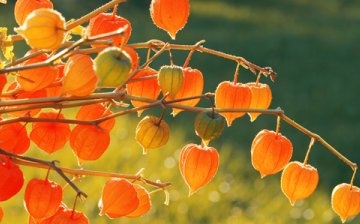
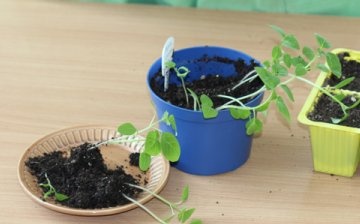
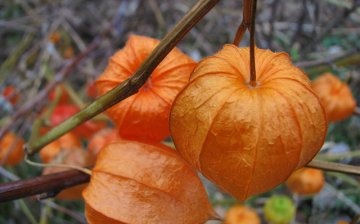
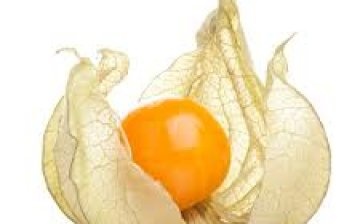
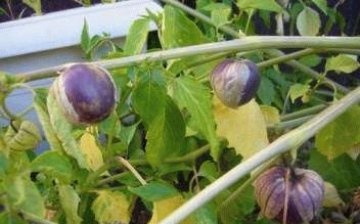






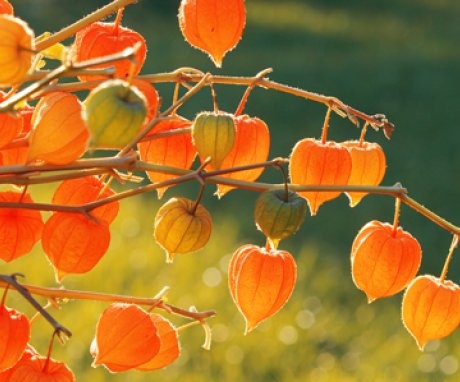
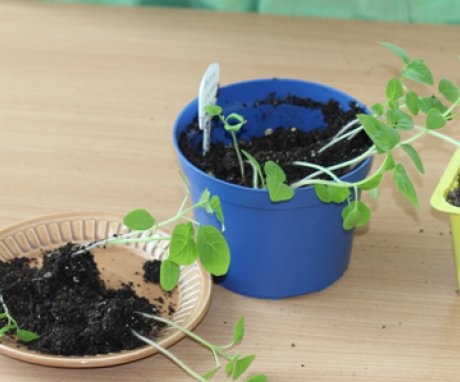
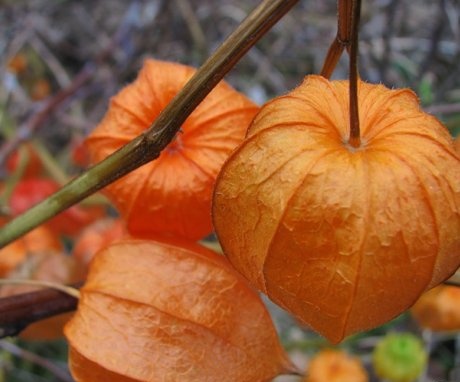
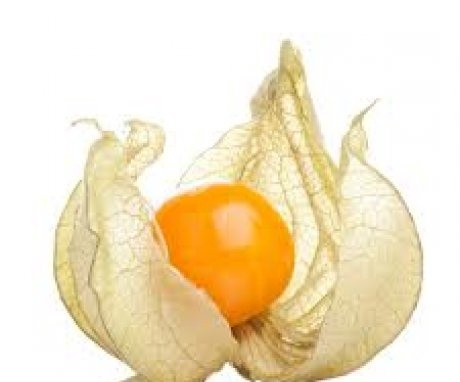
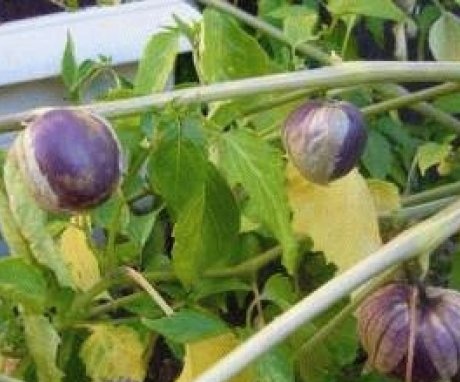
In the past years, she grew strawberry physalis from seeds. I planted it out of sports interest, I had never eaten physalis before. To be honest, I didn't like the taste at all, some specific. There were no problems with seedlings and transplants, and I did not find any pests either. I'm not going to plant more.